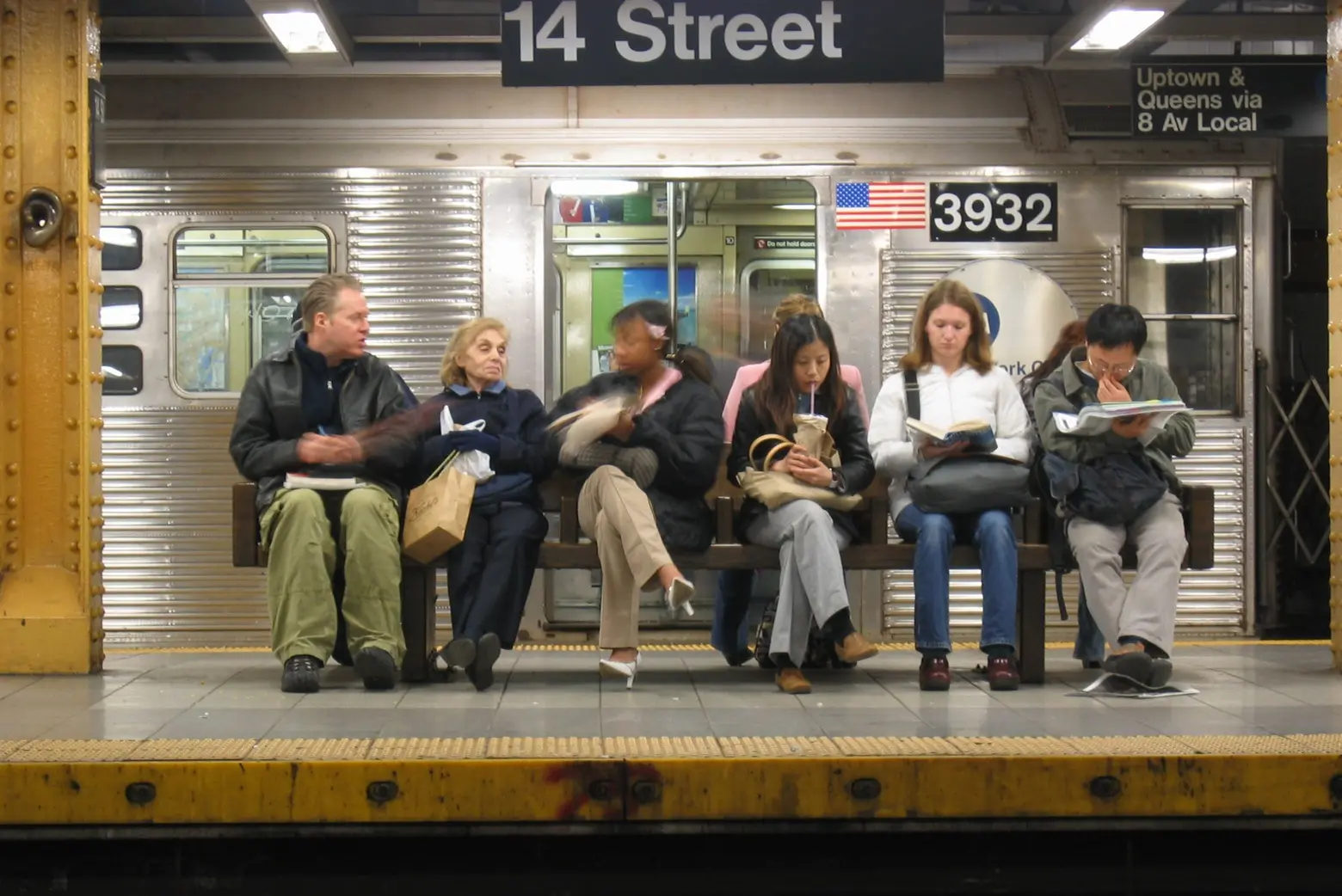MTA touts subway improvements as more service disruptions lie in wait

The subway has seen its best on-time performance and the fewest number of delays across the system in four years, the Metropolitan Transportation Authority announced on Sunday. But while the stats reveal a promising start for the Subway Action Plan, launched by the agency and Gov. Andrew Cuomo in 2017, the gains come at a cost for straphangers with off-peak commutes. The rescue plan, as well as New York City Transit President Andy Byford’s $40 billion plan to fix the subway, both which require new sources of funding, will require many subway lines to close on nights and weekends for years, as the New York Times reported.
Data released by the MTA shows a 32 percent improvement in weekday on-time subway performance, from 58.1 percent in January 2018 to 76.7 percent last month. Plus, the agency said January was the fifth consecutive month that there were 10,000 fewer delays each month, ending with 42,348 weekday delays last month compared to 76,287 the year prior.
Byford’s “Fast Forward” plan focuses on installing a communications-based train control signal system, CBTC, across the system. This would allow trains to run closer together and therefore increase the number of trains that can run per hour. Currently, only the L and 7 trains operate with this modern system.
The MTA had estimated installing the entire system across the remaining lines would take more than 40 years. Byford said he can reduce that timeline by installing the modern signals on lines that carry 80 percent of commuters over the next decade.
Getting this work done in ten years means cutting weeknight and weekend service on several subway lines for up to two and a half years. According to the “Fast Foward” plan, during the first five years of implementation lines to get upgraded include the 4,5,6, E, F, M, R, F, A, C, and E.
In the following five years, parts of the 1,2,3, B, D, F, M, A, C, N, Q, R, and W lines will get the new signals. During the closures, alternate bus service would be added when needed.
During a news conference about the subway improvements on Sunday, Byford said reducing weekend service is a “price worth paying,” amNY reported. “I think a major factor has been because we’re biting the bullet under the Subway Action Plan, precisely because we’re doing all this work in order to give New Yorkers a system that they want,” he said, in reference to the decline in subway ridership.
Byford’s plan will not be able to move forward without new funding from leaders in Albany. Cuomo and the MTA are calling for a congestion pricing plan that could potentially raise $1 billion for its next five-year capital plan, between 2020 and 2024.
“These are sustainable improvements resulting from the Subway Action Plan, but we’re also limited by an aging infrastructure – in order to achieve the subway system that New Yorkers deserve and that Transit employees are capable of delivering, we need sustainable, adequate funding through means such as congestion pricing,” Byford said in a press release on Sunday.
RELATED:





























